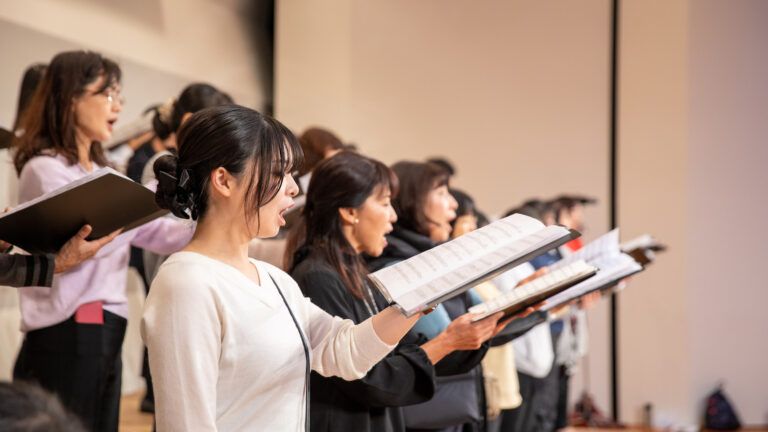In a recent post I mentioned the tapping technique (also known as Emotional Freedom Technqiue or EFT) as a way of calming one’s mind and entering into prayer. I wrote:
Believe it or not, studies have shown that tapping decreases cortisol (the stress hormone). “Tapping?” you say. Yes, tapping. It may sound strange, but gently tapping your temple, chin or collarbone can decrease your stress and slow down your racing mind and heart to the speed of quiet.
Some readers reacted to that brief description, expressing agreement or interest in learning more. Though the tapping technique didn’t originate as a prayer practice, it (or something like it) can be adapted in ways that help us focus in prayer.
It came to my attention through my wife, a gifted mental health professional who has helped people relieve stress and anxiety or increase focus by using the tapping technique. I make no claims to being a mental health practitioner (quite the opposite, in fact), but I think of the technique, when employed by a praying Christian, as a way of focusing one’s mind (or quieting distracting or “anxious thoughts,” like those mentioned by the psalmist in Psalm 139:23).
Because I’m always looking for new ways to pray, I decided to try a prayer experiment incorporating tapping to help me pray through some anxiety I’m feeling about an upcoming cross-country trip.
I chose five “tap” points, though others are often recommended. I chose to pray in two stages, first speaking to myself, admitting my anxiety, and then praying a single affirmation to God in the second round of taps. Obviously, these techniques can be adjusted in many ways; this is just how I tried it on this occasion.
As I gently tapped each spot on my body rhythmically (maybe 10 times or so), I spoke aloud. It went like this:
1) Top of head—Even though I’m stressed about my upcoming trip, I can be calm.
2) Temple—Even though I haven’t worked out all the details, I give myself permission to relax.
3) Between nose and upper lip (inhaling slowly through my nose, exhaling through my mouth)—Even though many things are out of my control, I am slowing my breathing.
4) Chin—Even though it may be expensive, I feel my heartbeat slowing.
5) Clavicle—Even though I wish I didn’t have to go, I choose to face it calmly.
After those taps, which took about a minute, I started the tapping process over. This time I simply prayed, “My help is in the name of the Lord, the maker of heaven and earth” (Psalm 124:8). It has often been a calming and centering prayer for me.
But I could have also prayed:
“When I am afraid, I will trust in you.” (Psalm 51:3)
“The Lord is my light and my salvation—whom shall I fear?” (Psalm 27:1)
“Let the peace of God, which surpasses all understanding, guard my heart and mind in Christ Jesus.” (Philippians 4:7)
It was a short exercise and not a conclusive study by any means, but I experienced more measured breathing and a slower heart rate as I prayed. When I finished I thought it had been valuable enough to write about. So “when my heart is overwhelmed,” this practice of tapping and praying may help to “lead me to the rock that is higher than I” (Psalm 61:2 KJV).
Why not try it? In times of stress or anxiety—or anytime—it could be one more helpful way to pray.






